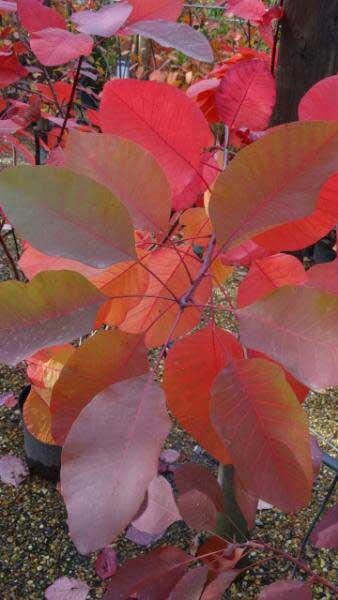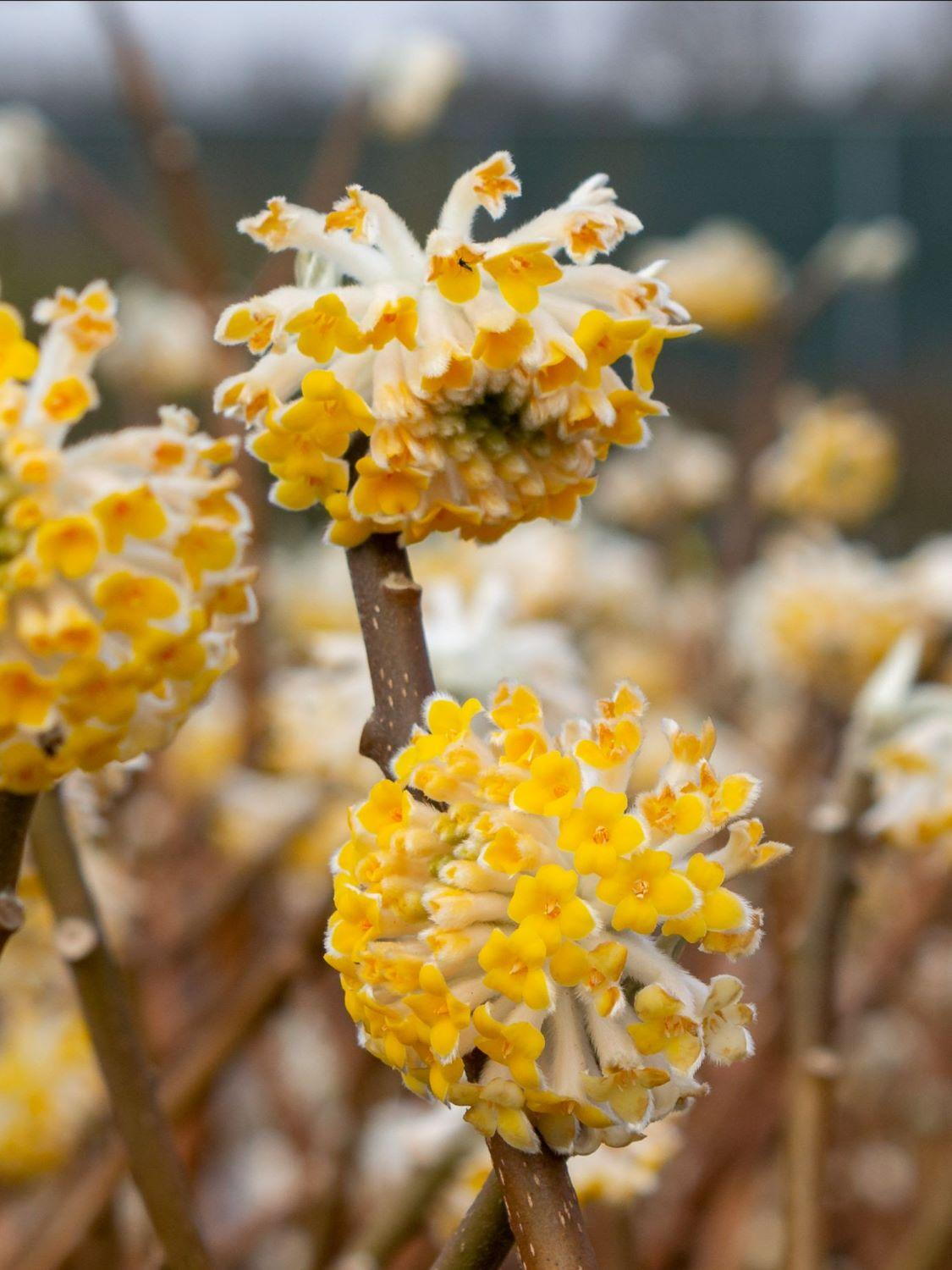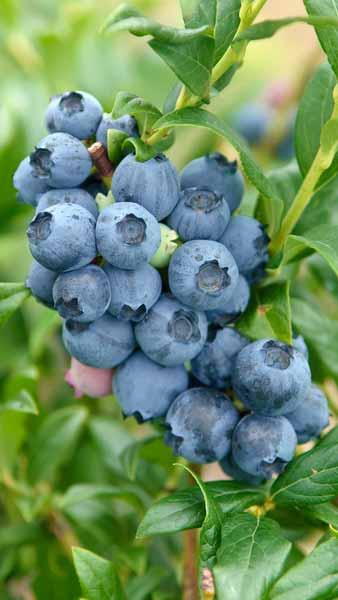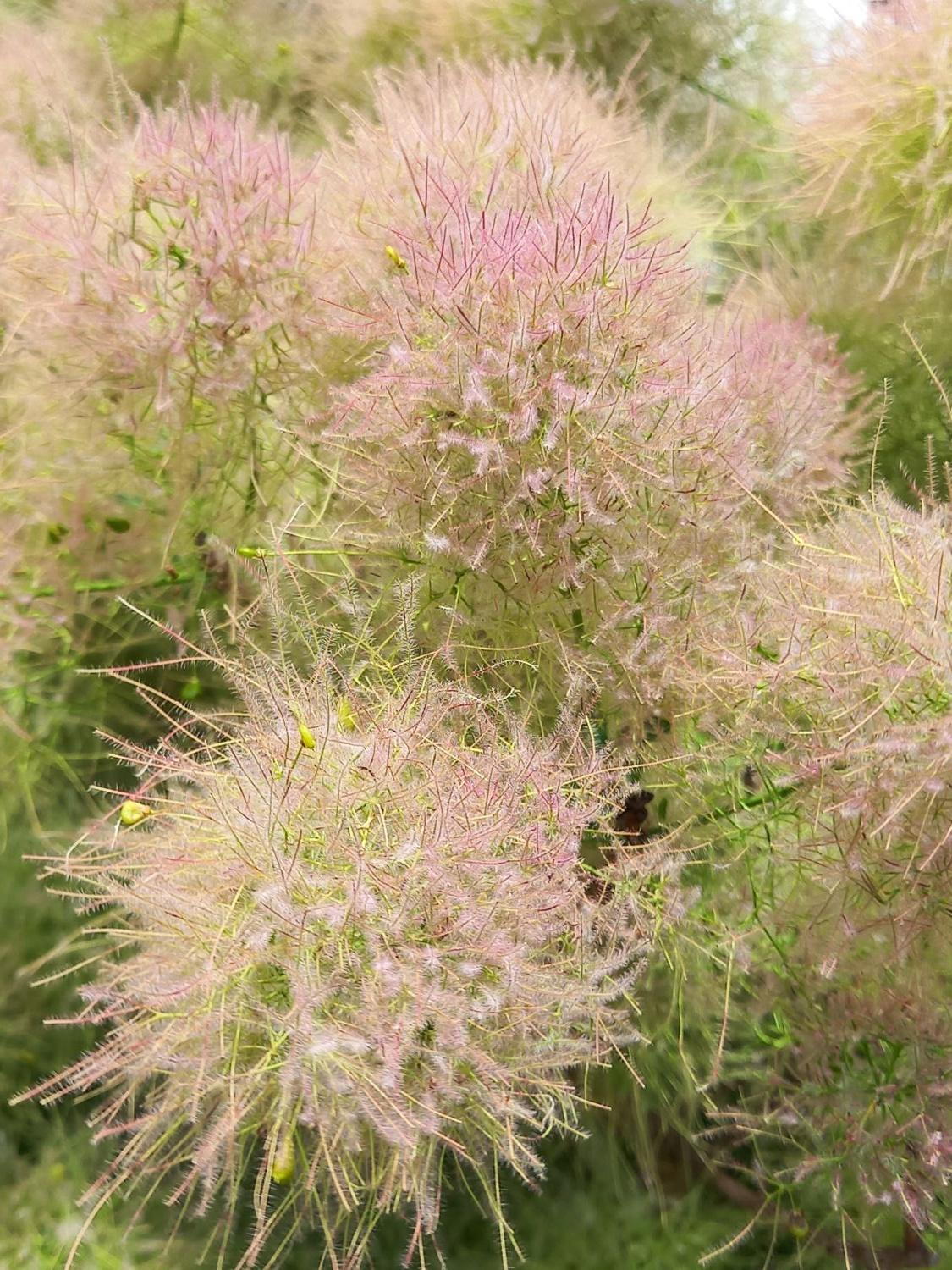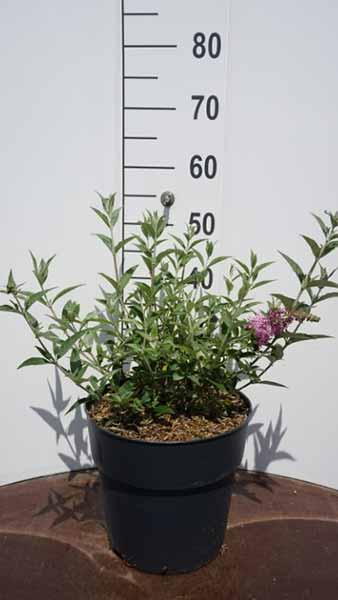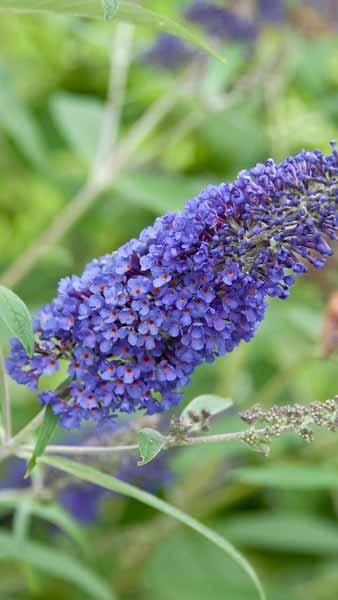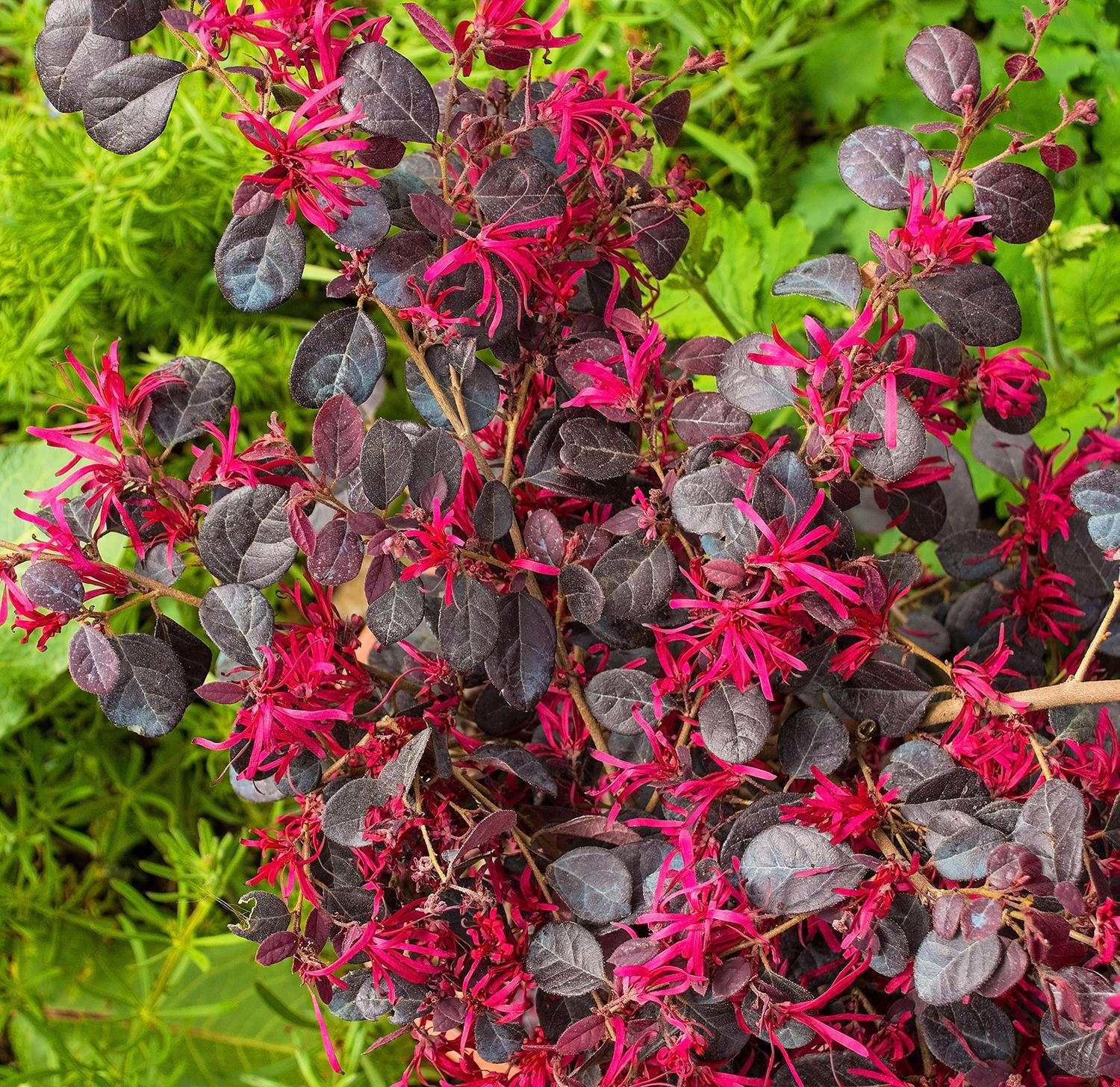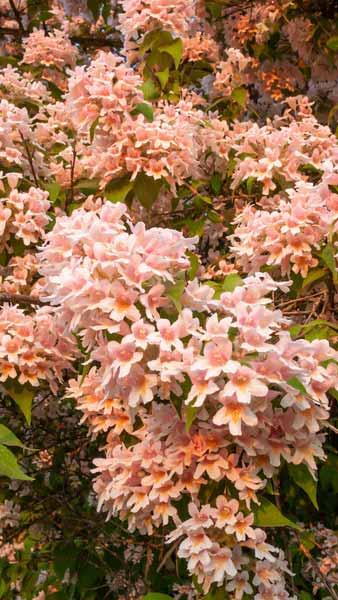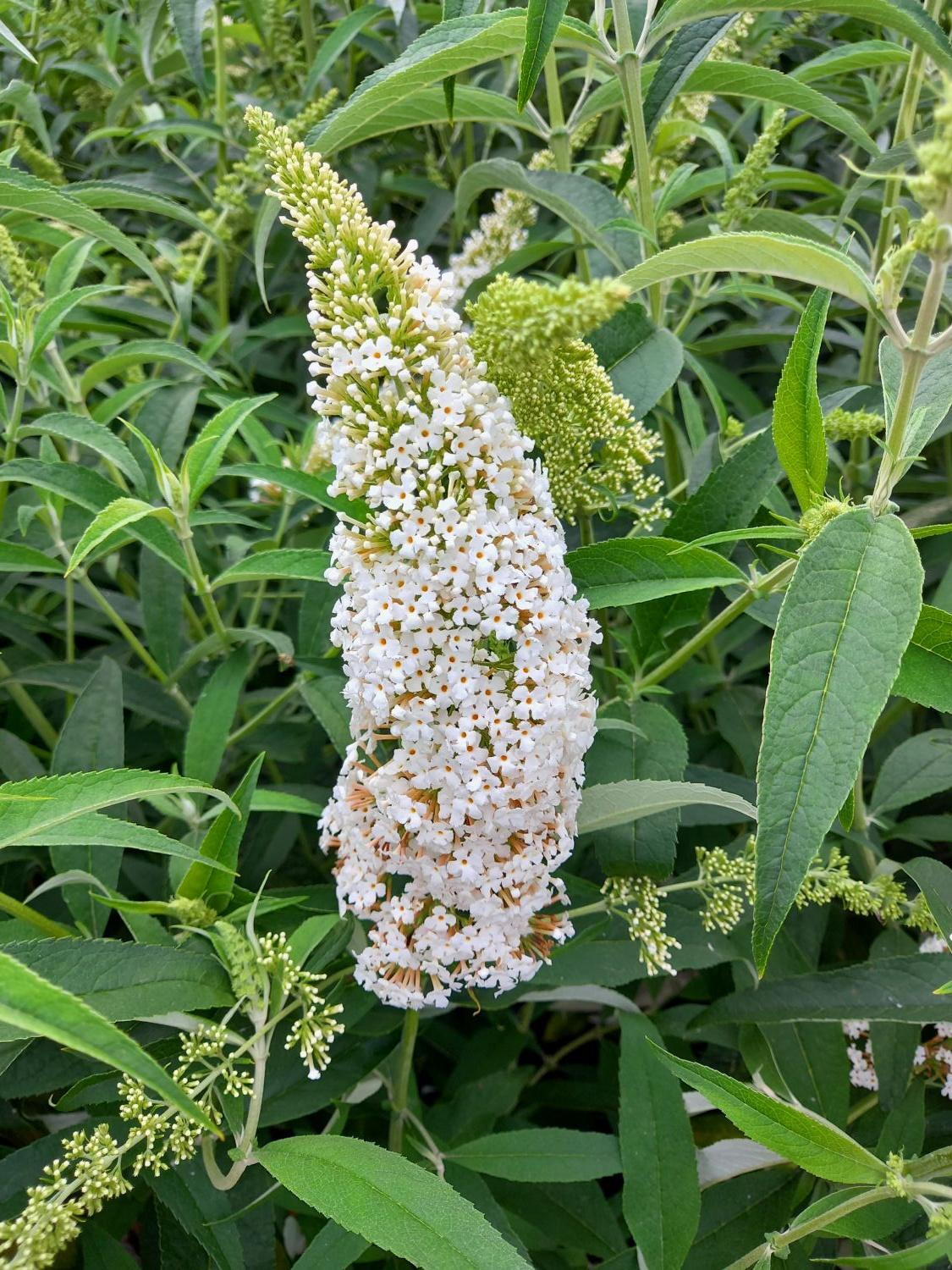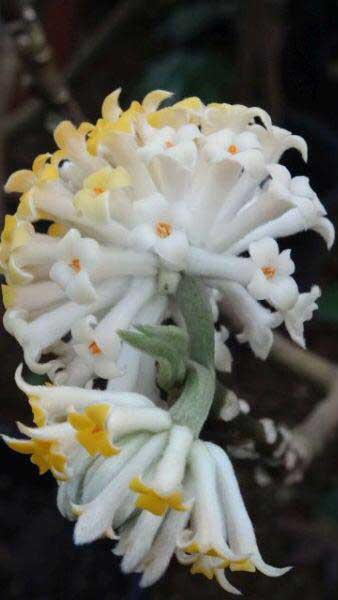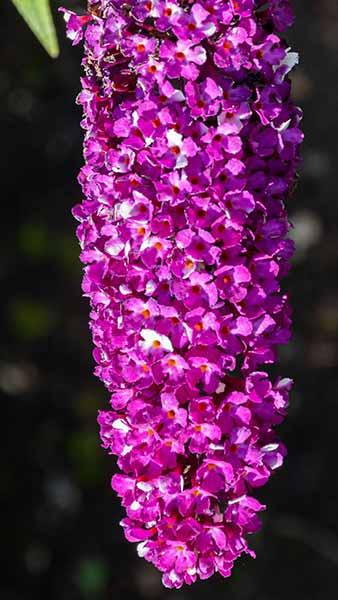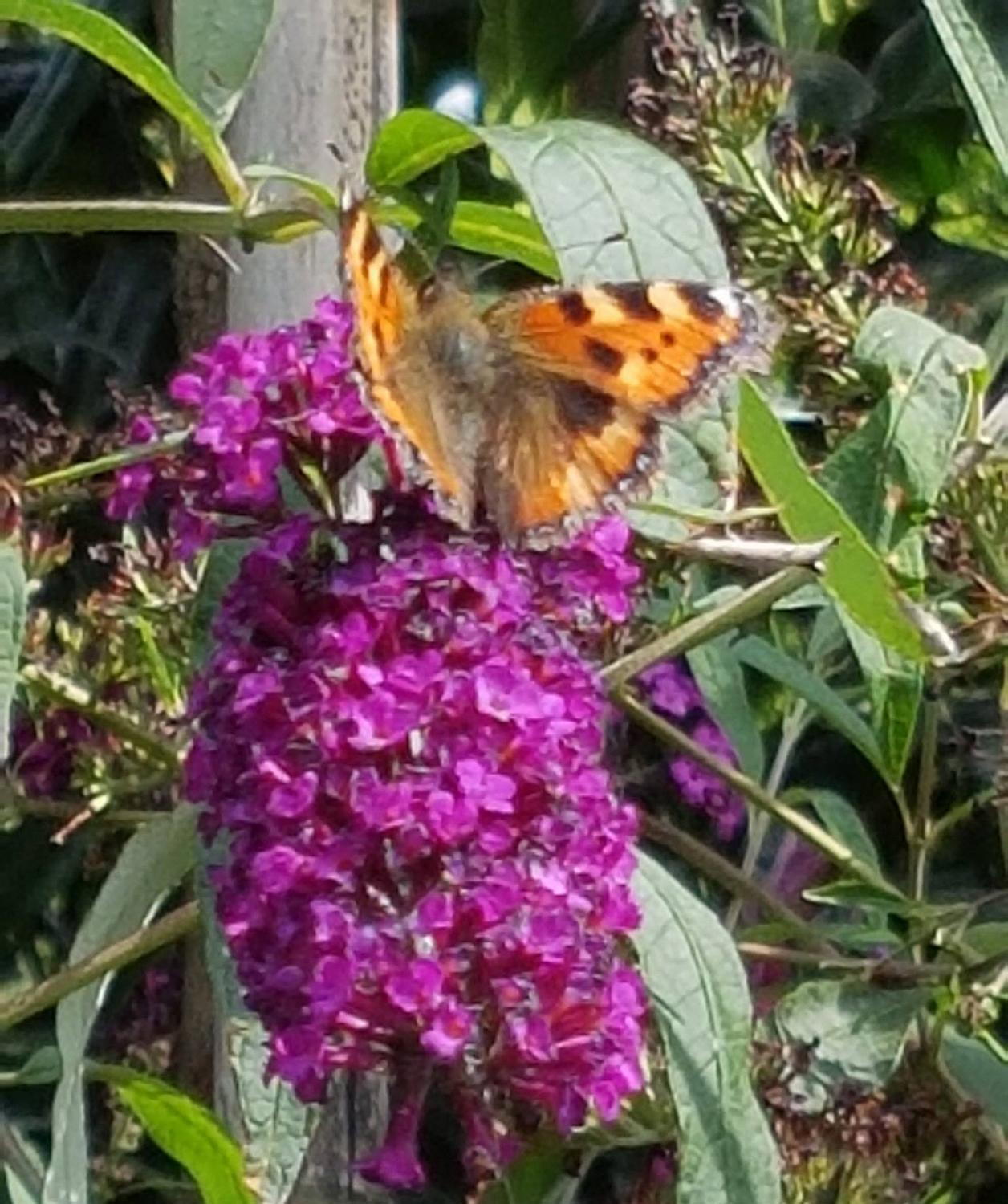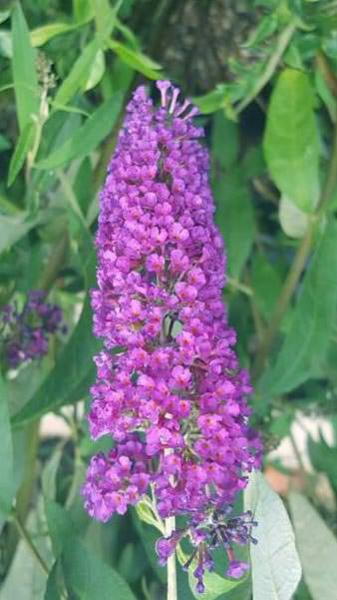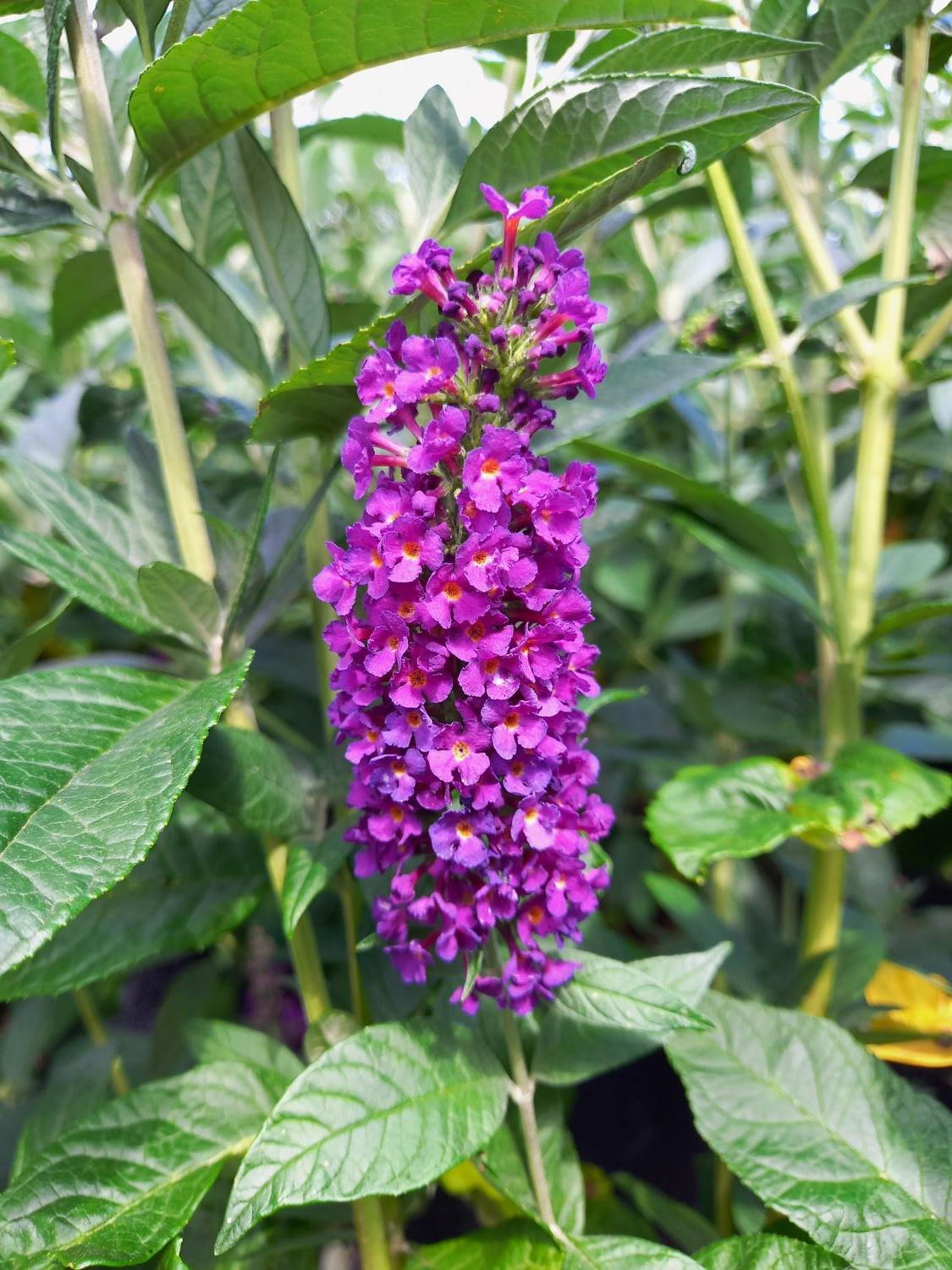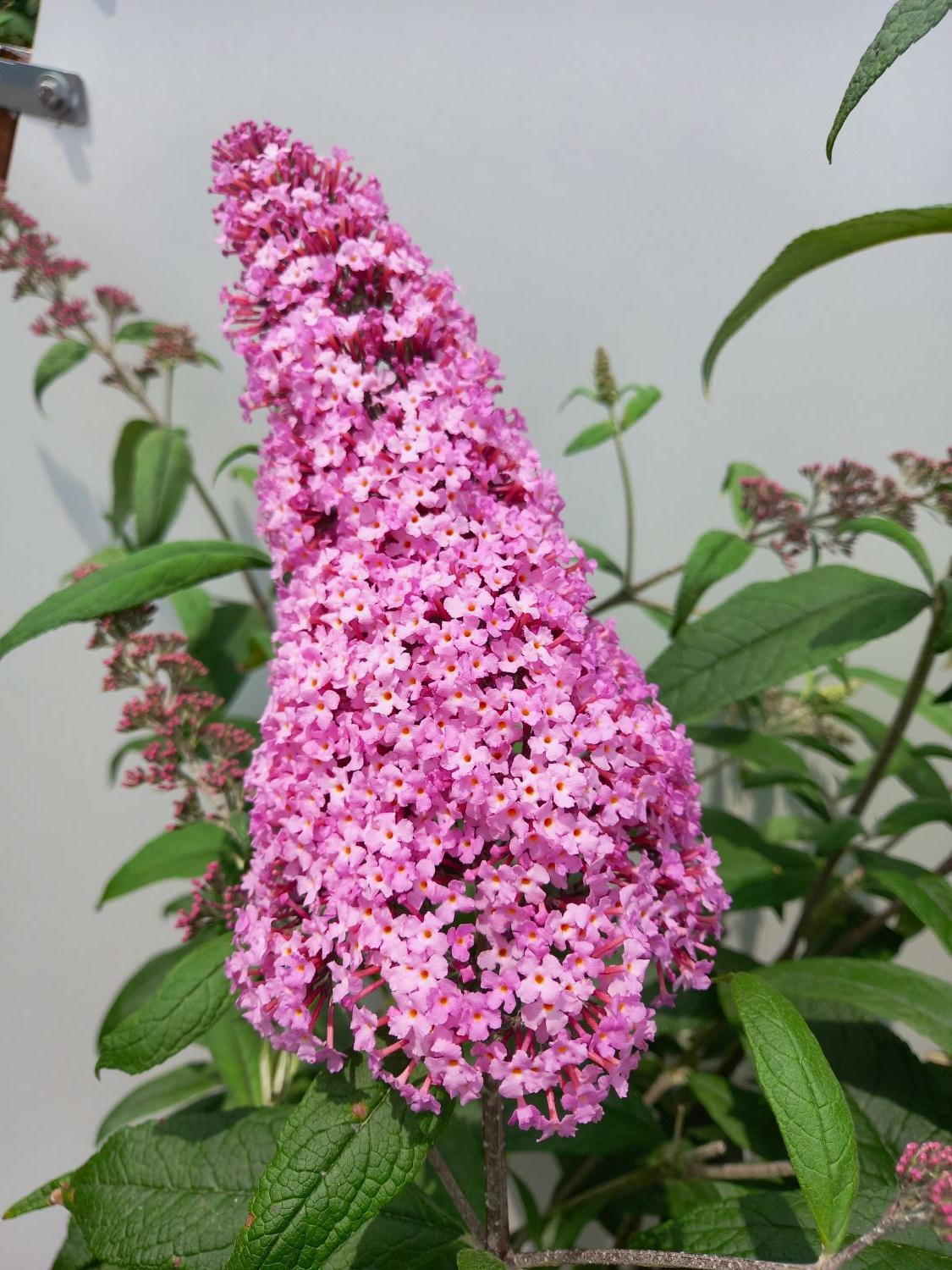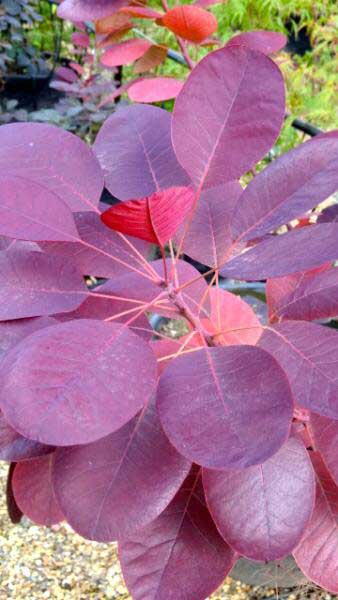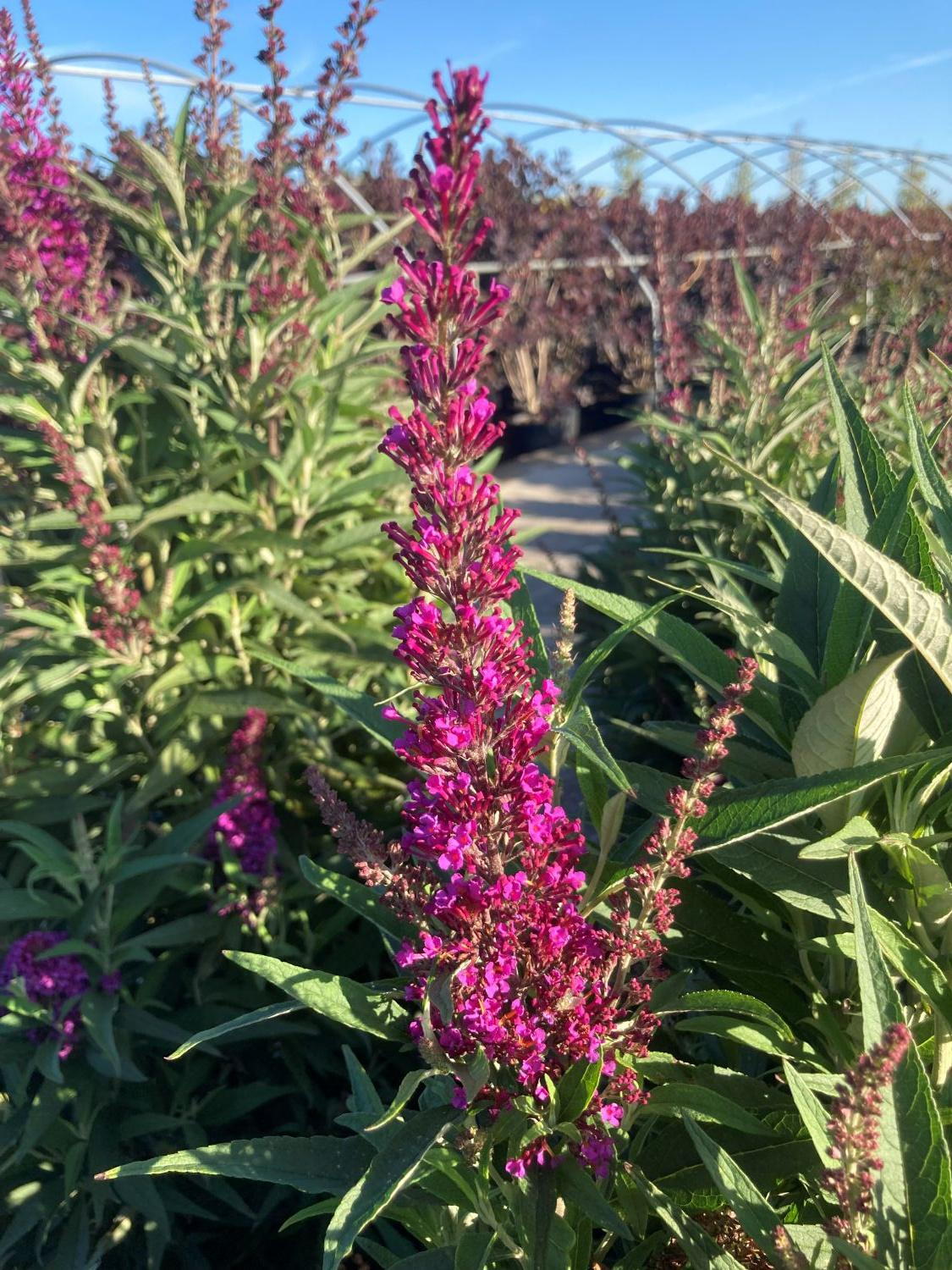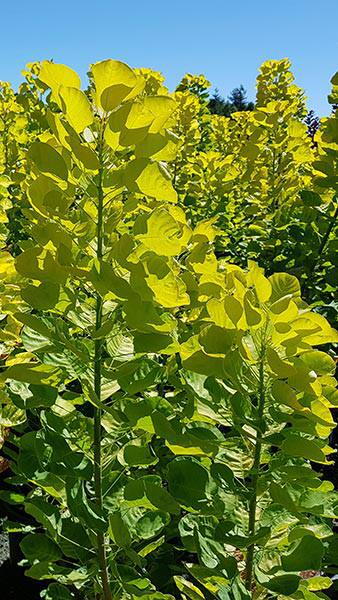Edgeworthia Chrysantha Grandiflora Paper Bush Grandiflora
A winter-flowering, deciduous shrub, Edgeworthia Chrysantha Grandiflora, more commonly known as Paper Bush Grandiflora, is one of those plants that takes your breath away the first time you see it. Grown for its spectacular form and showy, fragrant flowers, this unique shrub is an ideal candidate for a statement or specimen plant.In the time of year where little else is blooming, this variety of Edgeworthia Chrysantha is enveloped by honey-scented blossoms. Appearing on the tips of bare branches, clusters of yellow and white tubular flowers, borne in spherical heads, adorn the shrub in late winter to early spring. The stems are covered with cinnamon-coloured, papery bark, so durable it’s used in the production of Japanese banknotes. The leaves are large, medium green and narrowly ovate, emerging on the shrub after the flowering season.Member of the same family as Daphne Odora, this winter flowering shrub also prefers sheltered, lightly shaded locations. Thriving in full sun to partial shade, Paper Bush Grandiflora needs moist, but well-drained loam soil, rich in humus. Native to China, this winter-flowering shrub is fully hardy in Britain and Ireland, in areas where temperatures don’t drop below -10 degrees. In gardens where winter frost is a common occurrence, Paper Bush Grandiflora will need sheltering to make it through the winter.A deciduous shrub with a bushy habit, Paper Bush Grandiflora is a low-maintenance plant. The multi-stemmed branches don’t require trimming or hard pruning to maintain their graceful form. Routine removal of dead and damaged stems immediately after flowering ensures this pest and disease free plant stays in great shape. Fairly compact even when fully established, the expected height and spread for this shrub is 1 to 1.5 metres, both high and across. An early bloomer suitable for planting in pots, Paper Bush Grandiflora can be just the right plant for your patio or balcony. The yellow winter blossoms bring colour to a dormant landscape and fill the air with sweet, heavy fragrance. Umbrella-shaped when mature, this graceful shrub is guaranteed to be the center of attention. Although often chosen as a statement, focus or specimen plant, this extraordinary shrub works well in mixed borders, too. Plant it alongside early blooming shrubs and perennials, for a stunning winter border.
